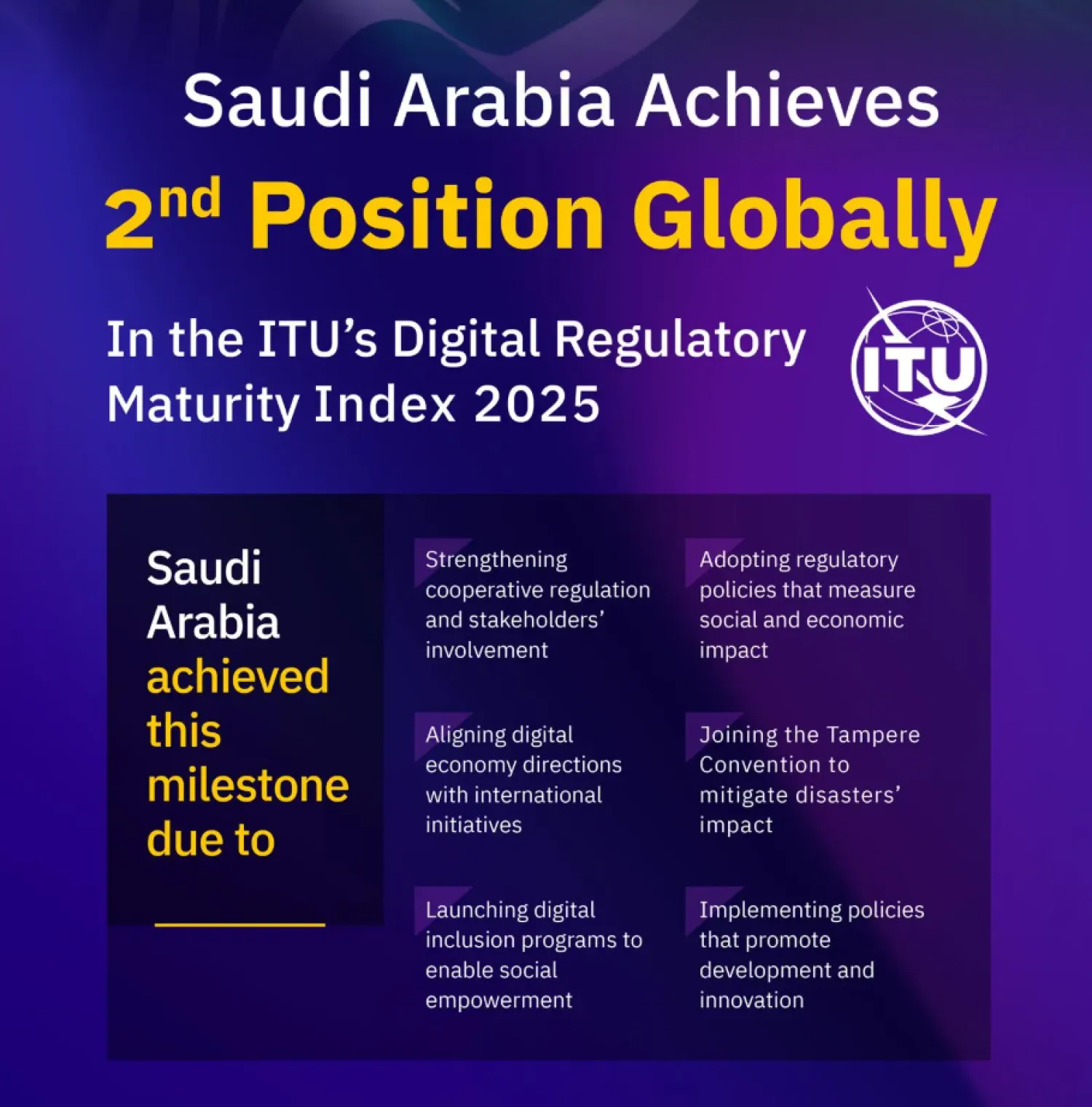Russian Energy Minister Alexander Novak said that Saudi Arabia and Russia will establish a new energy investment fund worth USD1 billion, noting that final touches would be put during the visit of Custodian of the Two Holy Mosques King Salman bin Abdulaziz to Moscow this week.
This step falls under both parties’ efforts to increase cooperation, given that they are among the biggest oil producers. “In principle, the talk revolves around earmarking $1bn just for energy projects and I as an energy minister am pleased by this because we are focusing on developing our cooperation not just within the framework of OPEC or even outside OPEC, but also developing cooperation in the fields of oil, gas, power and renewable energy,” Novak told the Dubai-based Al Arabiya news channel on Monday.
Russia and Saudi Arabia are leading efforts to trim global oil production by 1.8 million barrels of oil per day through a six-month agreement that ended in June and which was extended to the end of next March to help prop up oil prices and reduce the glut in the market.
Novak also said a number of Russian companies are exploring various aspects of cooperation with Saudi Arabia.
Gazprom Neft, the oil arm of Russian gas giant Gazprom, and other companies are expected to sign agreements with their Saudi counterparts, he added.
Russian energy companies are also exploring the possibility of working with Saudi Aramco, the world’s biggest oil producer, in the oil services field in the kingdom. Russian companies and in particular Rosneft, the country’s biggest oil producer, are also interested in oil trading cooperation.









